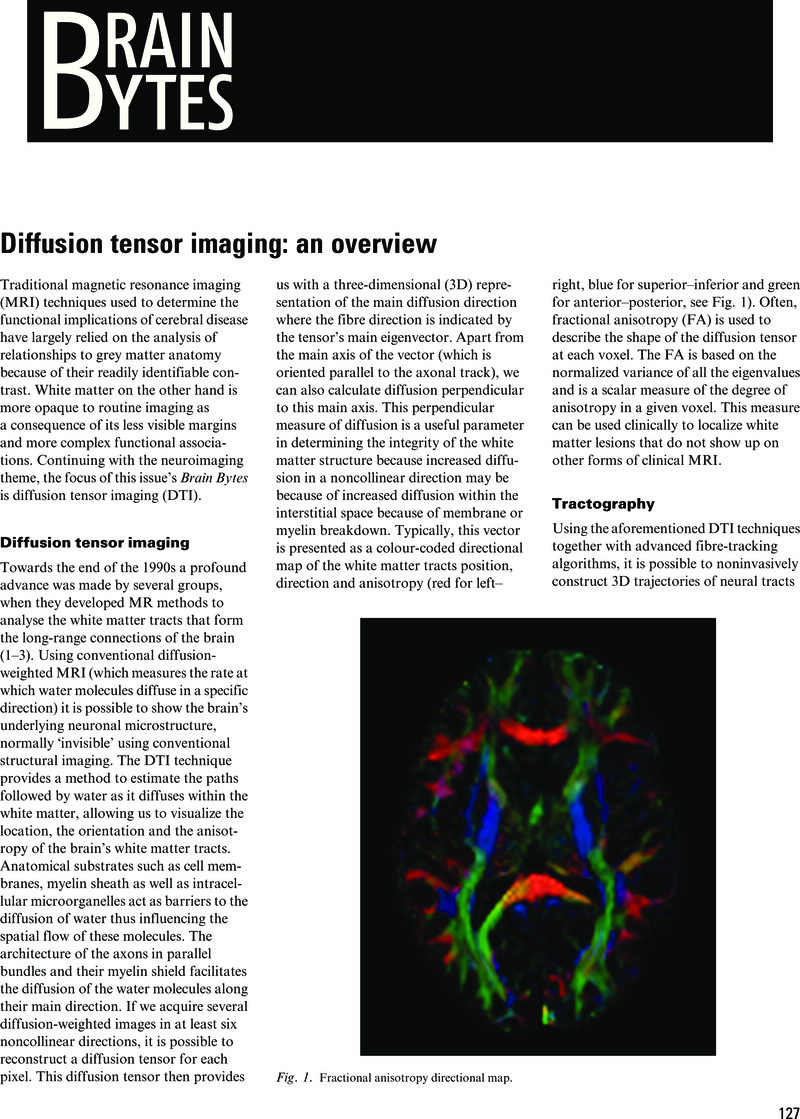Crossref Citations
This article has been cited by the following publications. This list is generated based on data provided by Crossref.
Malhi, G. S.
and
Lagopoulos, J.
2008.
Making sense of neuroimaging in psychiatry.
Acta Psychiatrica Scandinavica,
Vol. 117,
Issue. 2,
p.
100.
Malhi, Gin S.
and
Lagopoulos, Jim
2008.
Cerebral dark matter.
Acta Neuropsychiatrica,
Vol. 20,
Issue. 6,
p.
314.
Malhi, Gin S.
2008.
It’s all about image?.
Acta Neuropsychiatrica,
Vol. 20,
Issue. 2,
p.
55.
Adams-Price, Carolyn E.
Morse, Linda W.
Cross, Ginger W.
Williams, Marsha
and
Wells-Parker, Elisabeth
2009.
The Effects of Chemotherapy on Useful Field of View (UFOV) in Younger and Older Breast Cancer Patients.
Experimental Aging Research,
Vol. 35,
Issue. 2,
p.
220.
Sharma, Harish A.
2009.
High-field magnetic resonance neuroimaging.
Acta Neuropsychiatrica,
Vol. 21,
Issue. 1,
p.
36.
Lagopoulos, Jim
2010.
Evolution of brain imaging in neuropsychiatry: past, present and future.
Acta Neuropsychiatrica,
Vol. 22,
Issue. 3,
p.
152.
Rastogi, Aditya
Dutta, Arindam
and
Yalavarthy, Phaneendra Kumar
2023.
VTDCE‐Net: A time invariant deep neural network for direct estimation of pharmacokinetic parameters from undersampled DCE MRI data.
Medical Physics,
Vol. 50,
Issue. 3,
p.
1560.
Rastogi, Aditya
and
Yalavarthy, Phaneendra Kumar
2024.
Greybox: A hybrid algorithm for direct estimation of tracer kinetic parameters from undersampled DCE‐MRI data.
Medical Physics,
Vol. 51,
Issue. 7,
p.
4838.



